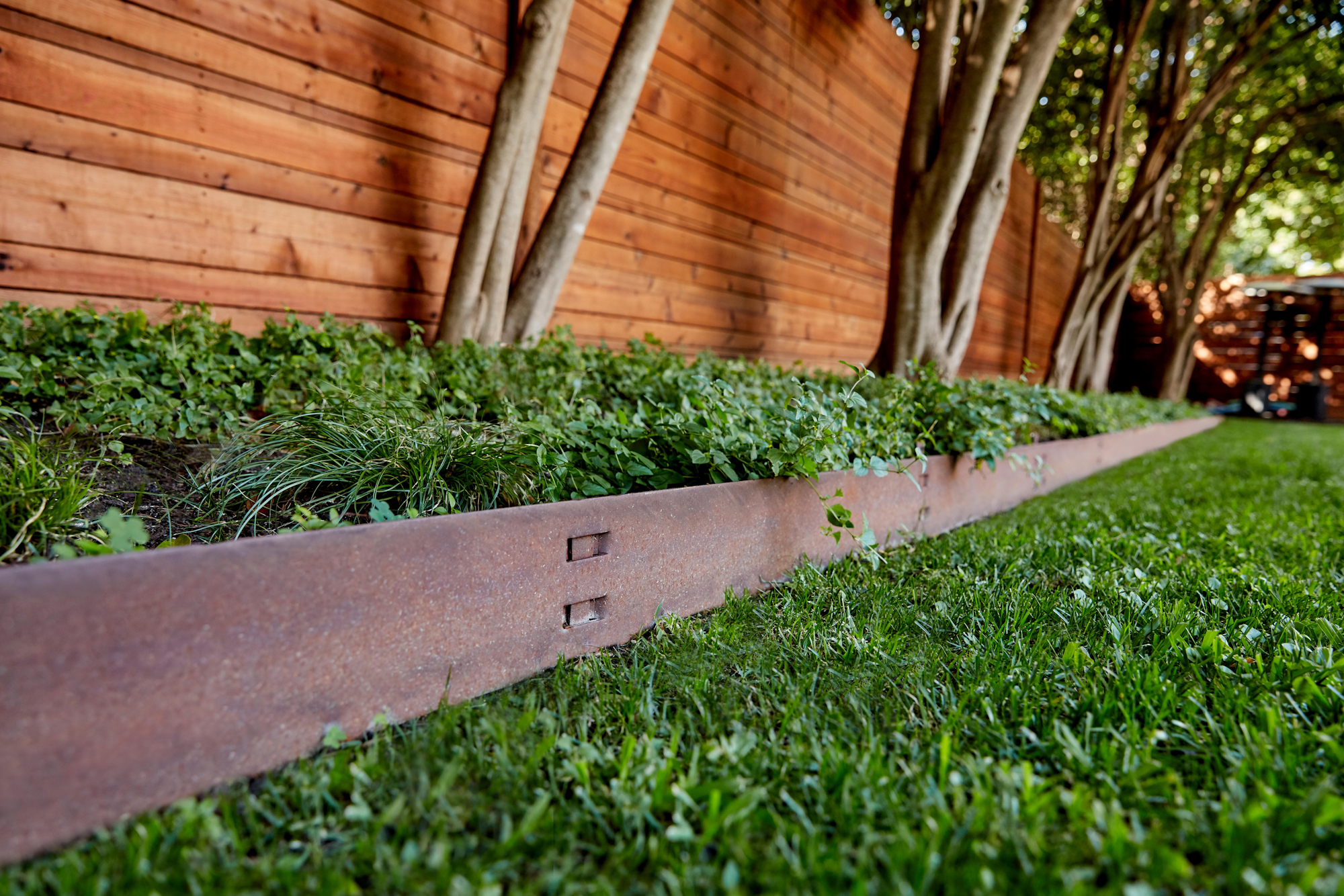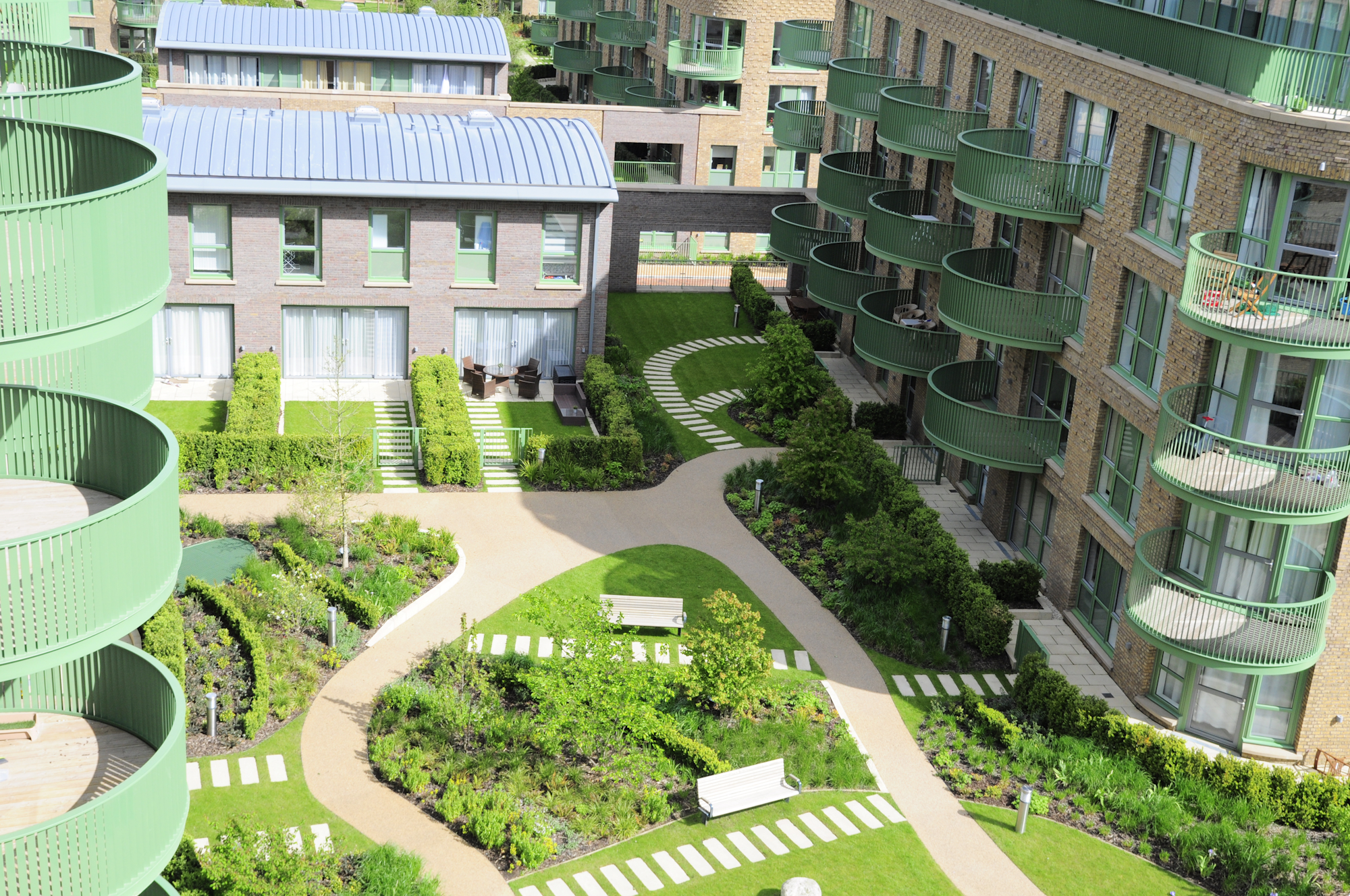Landscape Edging Solutions from Kinley
Buy Metal Edging

The strategic use of edging can transform outdoor spaces, providing a seamless blend between the natural and built environments.
For professionals seeking to elevate the aesthetic and functional quality of their projects, aluminium and steel edging present unparalleled options.
These materials not only offer durability and precision but also enhance the visual appeal of architectural focal points.
Aluminium edging is celebrated for its lightweight nature and resistance to corrosion, making it an ideal choice for a variety of landscape applications. Its flexibility allows for intricate designs, which can be particularly useful in projects that require precise detailing around architectural features such as walkways, garden beds, and water features.

Steel edging, known for its strength and industrial aesthetic, offers a robust solution for landscapes that demand both durability and a bold visual statement. Its ability to withstand heavy use and environmental stress makes it suitable for high-traffic areas and larger projects.

Architectural focal points, such as statues, fountains, or pergolas, draw the eye and create visual interest in a landscape. The right edging can accentuate these elements, making them stand out while ensuring the overall design remains cohesive.

As a leading UK designer, innovator, and manufacturer of steel and aluminium edging, we’re always happy to help. For more information on our complete line of products, inspiration for your future project and technical resources, get in touch with our team of expert advisors today.